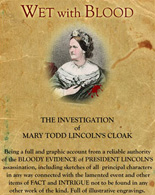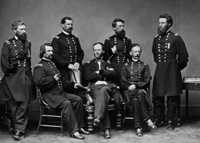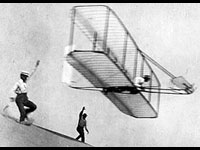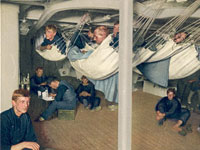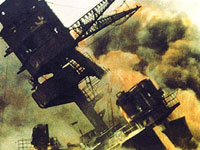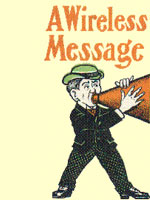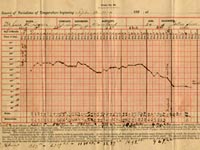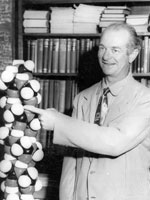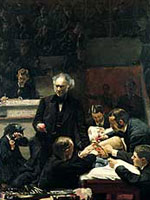Peace Corps

The Peace Corps has a three-fold mission. First and foremost, the organization sends volunteers to communities around the world which have requested assistance in creating sustainable solutions to real world problems. Second (and third, really), is an interest in increasing international understanding and friendship—of non-Americans for Americans and vice versa.
One of the most exciting options the Peace Corps offers educators is the World Wise Schools Correspondence Match program. The program permits educators to request a pen pal relationship with a Peace Corps volunteer in a region of the world and area of interest (agriculture, business, education, health, or environment) of their choosing. Maybe your students could discuss the lasting impact of the Vietnam War with a volunteer in Southeast Asia or how U.S. business history has altered life in China or Central America. This could also be an excellent way to introduce social studies students to the connection between history and geography and fields more often taught at the collegiate level, such as anthropology and international relations.
Another feature offered is a collection of more than 120 lesson plans. These are not focused on history per se, but you may be able to find a lesson which will strengthen themes you are pursuing in the classroom. One such lesson involves planning a service learning project. Oral histories are a classic way to combine service learning and history.
